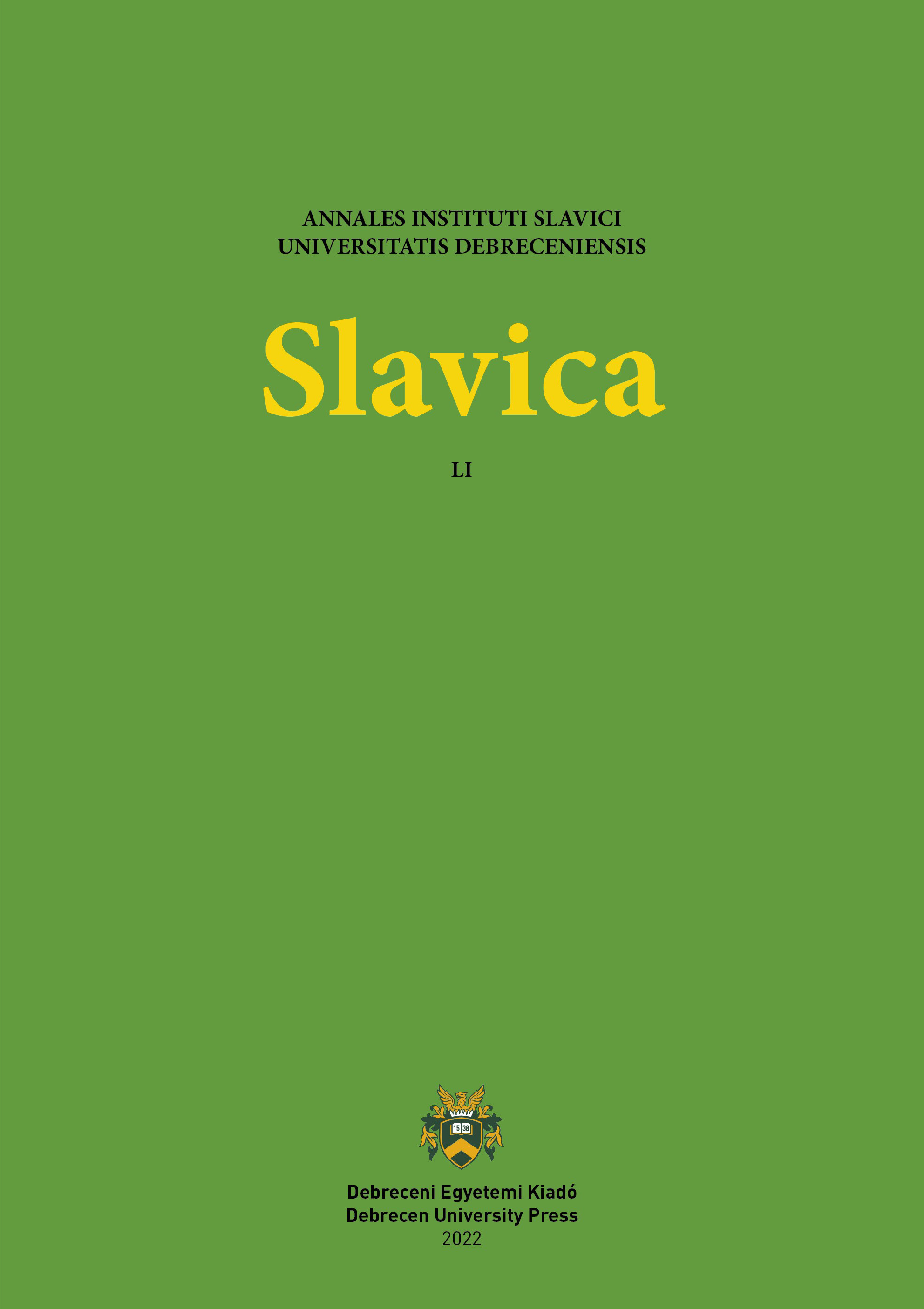Diachronische Identität, Variabilität und Homonymie in der Etymologisierung von lautmalenden Wörtern (am Material aus slawischen Sprachen)
Author
View
Schlagwörter
Lizenz
Copyright (c) 2022 Slavica

Dieses Werk steht unter der Lizenz Creative Commons Namensnennung - Nicht-kommerziell 4.0 International.
This is an open access article distributed under the terms of the Creative Commons Attribution License (CC BY-NC 4.0), which permits unrestricted use, distribution, and reproduction in any medium, provided the original author and source are credited.
How To Cite
Abstract
In der Etymologie wird die diachronische Identität der Wörter und der Morpheme durch die gleichzeitige Anwendung der historisch-vergleichenden Methode bezüglich der Lautform einerseits und der Methode der semantischen Typologie (der semantischen Parallelen) in Bezug auf die Semantik andererseits nachgewiesen. Diese Regel ist in vollem Maße bei den arbiträren sprachlichen Zeichen anwendbar, aufgrund derer die ausnahmslose Gültigkeit der phonetischen Gesetze bezeugt wird. Der Artikel bringt Beweise dafür vor, dass die Bestimmung der diachronischen Identität bei den lautmalenden Wörtern infolge ihres ikonischen Charakters erschwert wird. Diese Zeichen werden in der rechten Gehirnhälfte bearbeitet, was die Nichteinhaltung der phonetischen Gesetze, die formelle Variabilität und sehr oft das Vorhandensein von Homonymen prädestiniert. Berücksichtigt werden auch die pragmatischen, funktionellen und strukturellen Eigenschaften der lautmalenden Wörter.

 https://doi.org/10.31034/051.2022.01
https://doi.org/10.31034/051.2022.01